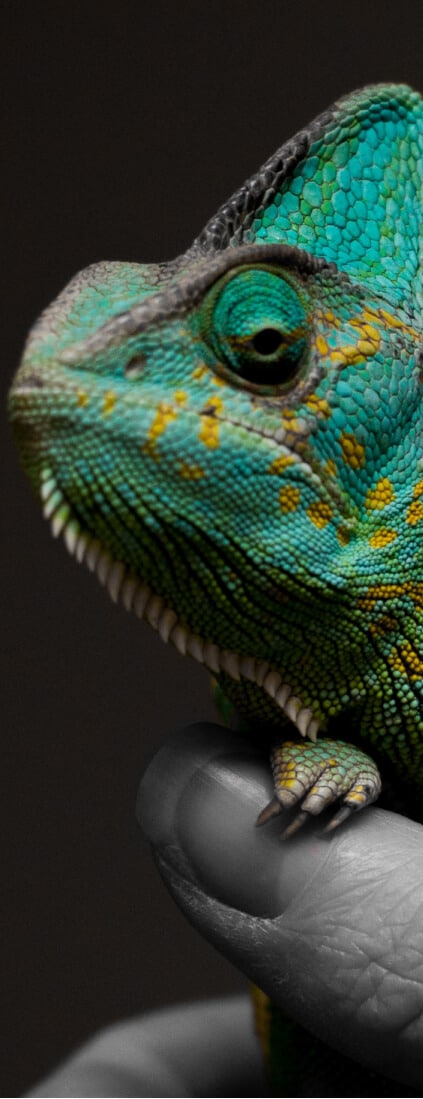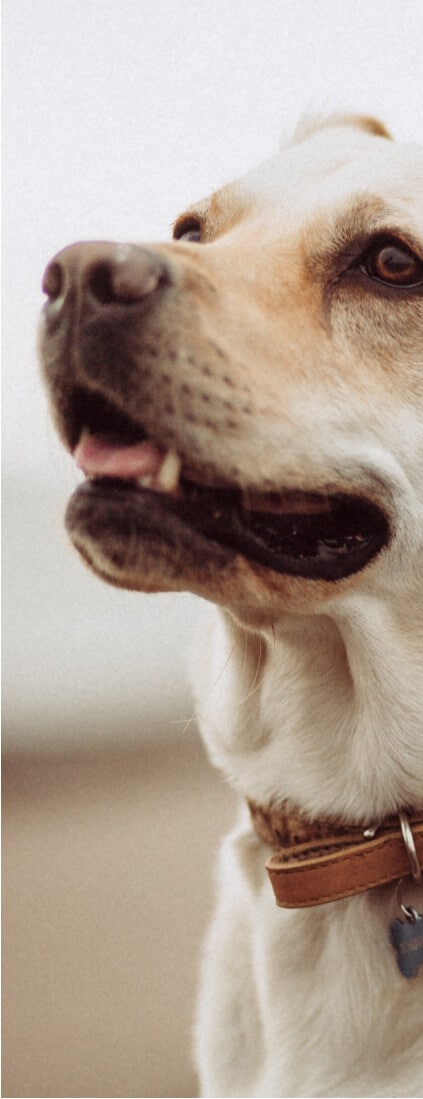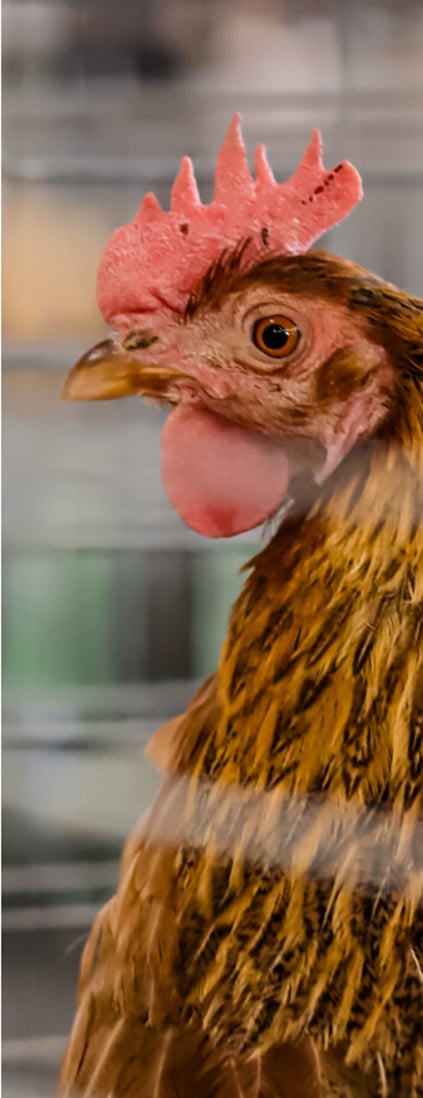As a local emergency veterinarian, we’ve had the honor of getting to know many wonderful pets and their families. One of the most challenging conversations we have is about pet euthanasia.
It’s never easy, but understanding the process and preparing emotionally can help make this difficult time a little more manageable. We want to share some thoughts and advice on how to emotionally and logistically prepare for saying goodbye to your beloved companion.
Recognizing When It’s Time
Deciding when to say goodbye to your pet is one of the hardest choices you’ll ever make. It’s natural to feel guilty or uncertain, but there’s no exact formula to determine the perfect moment.
The first step is usually to consult with your regular veterinarian. They can evaluate your pet’s medical history, physical condition, quality of life, and prognosis. While medical advice is crucial, many pet owners also develop an intuitive sense of when the time is right—for both their pet and themselves.
Pets, especially dogs and cats, can be good at hiding their pain, so it’s important to look for physical signs that might indicate discomfort. These can include:
- Increased breathing or heart rate
- Loss of appetite
- Difficulty moving around
- Incontinence
- Withdrawal from family or activities they used to enjoy
Two situations that require immediate attention are:
- Refusing to drink water: Dehydration can quickly worsen your pet’s condition and make them feel very sick.
- Breathing difficulties: If your pet is struggling to breathe, especially if they’re breathing with an open mouth or panting heavily, it’s time to visit the vet or consider letting go.
Emotionally Preparing for Saying Goodbye
Once you’ve taken the time to consider the right moment, it’s important to also prepare yourself emotionally for the journey ahead. Saying goodbye is never easy, but with the right support and mindset, you can help make this final chapter as peaceful as possible for both you and your beloved pet.
1. Acknowledge Your Feelings
First and foremost, it’s important to acknowledge how you’re feeling. It’s completely normal to experience a wide range of emotions—sadness, guilt, anxiety, even anger. You’ve shared a life with your pet, and it’s natural to grieve the loss of that companionship. Allow yourself to feel these emotions without judgment.
Also know that it is not uncommon for people to say that losing their pet seemed harder than other situations of loss, including other people. Know that you are not the only one with this feeling, and that it in no way is indicative of the feelings one has for people in their lives, just that it can feel different.
Remember, grieving is a personal process, and there’s no “right” way to do it.
2. Remember It’s an Act of Love
One of the hardest parts of this process is the feeling of guilt that can come with making the decision to euthanize. It’s important to remember that choosing euthanasia is often the most compassionate option when a pet is suffering.
It’s a selfless act of love, putting your pet’s comfort and dignity first. Trust that you’re making the best decision you can with the information you have, and try to be kind to yourself during this time.
3. Talk About It
Don’t keep your feelings bottled up. Whether it’s with a friend, family member, or even your vet, talking about your emotions can be incredibly therapeutic. Sometimes, just saying out loud how much your pet means to you or how hard this decision is can help you process your grief.
If you feel comfortable, consider joining a pet loss support group where you can share your experience with others who understand.
4. Create Special Memories
In the last days leading up to the euthanasia, consider creating special memories with your pet. Spend time doing their favorite activities, whether it’s a walk in the park, a cozy nap together, or a special treat.
These moments can be incredibly meaningful and can provide comfort in the future. Some people find it helpful to take photos, make a paw print, or even write a letter to their pet expressing their love and gratitude.
5. Take Care of Yourself
It’s easy to forget about your own needs when you’re focused on your pet’s well-being, but self-care is crucial during this time. Make sure you’re eating, sleeping, and finding moments of calm throughout the day.
Grief can be exhausting, both mentally and physically, so don’t hesitate to lean on others for support.
6. Give Yourself Permission to Grieve
Give yourself permission to grieve. Losing a pet is a significant loss, and it’s okay to mourn that loss in whatever way you need to. There’s no timeline for grief, and it’s okay if you find yourself missing your pet long after they’re gone.
Remember, your feelings are valid, and it’s okay to take time to heal.
7. Plan for the Day
Knowing what to expect on the day of the euthanasia can help ease some of the emotional burden. Decide in advance if you want to be present during the procedure, and if so, whether you want to say the final goodbye at home or at the clinic.
There’s no right or wrong choice here—just what feels most comfortable for you and your pet. It can also be helpful to have a trusted friend or family member with you for support.
Logistically Preparing for Pet Euthanasia
Pet Euthanasia at Home
Choosing to have your pet euthanized at home can offer a sense of comfort and familiarity for both you and your pet.
Here’s what you need to prepare:
- Contact a Mobile Vet: If you decide on a home euthanasia, you’ll need to find a veterinarian who offers this service. Schedule a time that works best for you and your family, keeping in mind that many vets can accommodate evening or weekend appointments if that’s what you prefer.
If you decide on a home euthanasia, and you’re in the Portland, Oregon area, feel free to give us a call. We’ve been serving this community since 2009 and we offer 24/7 pet euthanasia services, allowing you to schedule a time that works best for you and your family. - Create a Peaceful Environment: Choose a quiet, comfortable spot in your home where your pet feels safe. This might be their favorite bed, a cozy corner, or even outside in the garden if the weather is nice. You might want to gather some of their favorite toys or blankets to make the space as comforting as possible.
- Consider Who Will Be Present: Decide in advance who you’d like to be there. Some people prefer to have family members or close friends with them, while others choose to be alone with their pet. It’s a personal decision, and there’s no right or wrong choice.
- Plan for Aftercare: Consider what you want to do with your pet’s remains, including private or communal cremation, burial at home or in a pet cemetery. Some mobile vets can arrange for cremation or burial, or you might prefer to handle these arrangements yourself. Having a plan in place beforehand can reduce stress on the day.
If you choose our euthanasia services, cremation is part of the service already. And if you’re in Portland, Oregon, and need pet cremation services, feel free to contact us—we’re here to help.
Euthanasia at a Clinic
If you opt for euthanasia at a veterinary clinic, here are a few things to consider:
- Schedule an Appointment: Call ahead to schedule a specific time for the procedure. Some clinics may offer early morning or late evening appointments to provide more privacy. It’s also a good idea to ask if there’s a quieter time of day when the clinic is less busy. You may also consider asking if the clinic has a dedicated room for this service, and if there is a separate entrance for privacy before and after the procedure.
- Prepare Your Pet for the Visit: Bring along some of your pet’s favorite items, like a blanket or toy, to help them feel more at ease. If your pet gets anxious about car rides or vet visits, consider asking your vet if there are any calming aids they recommend.
- Decide if You Want to Be Present: Just as with home euthanasia, you can choose whether or not to be present during the procedure. If you’re unsure, speak with your vet about what to expect so you can make an informed decision.
- Consider Post-Euthanasia Plans: Many clinics offer cremation services and can return your pet’s ashes to you if that’s what you prefer. You may also want to discuss other memorial options with the clinic staff, such as paw prints or keepsakes.
Additional Details to Keep in Mind
Transportation: If you’re heading to a clinic, make sure your pet is comfortable during the journey. Bring along their favorite blanket or bed, and consider having someone accompany you if you think you’ll need support.
Paperwork and Costs: Be aware that there may be paperwork to complete and fees to pay for the euthanasia and any aftercare services. It might be helpful to ask about these details when you make the appointment so that you’re prepared. In some cases, arrangements may be made in advance so you may focus on your pet on the appointment day.
Memorial Options: Whether you choose a home or clinic setting, think about how you’d like to remember your pet. Some options include keeping a lock of fur, creating a photo album, or planting a tree in their memory. Having a plan for this can provide some comfort during the grieving process.
What to Expect During the Euthanasia Process
Knowing what to expect during the euthanasia process can help you prepare both logistically and emotionally. The veterinarian will first administer a sedative to relax your pet, followed by the euthanasia solution for a peaceful passing.
Read more about how pet euthanasia works.
A Compassionate Farewell
Preparing for euthanasia involves emotional, logistical, and medical considerations, all of which can feel overwhelming. By understanding the process, planning ahead, and knowing what to expect, you can make these final moments as peaceful as possible for both you and your pet.
This journey is never easy, but being informed and prepared can bring peace to both you and your beloved companion during this difficult time.

















